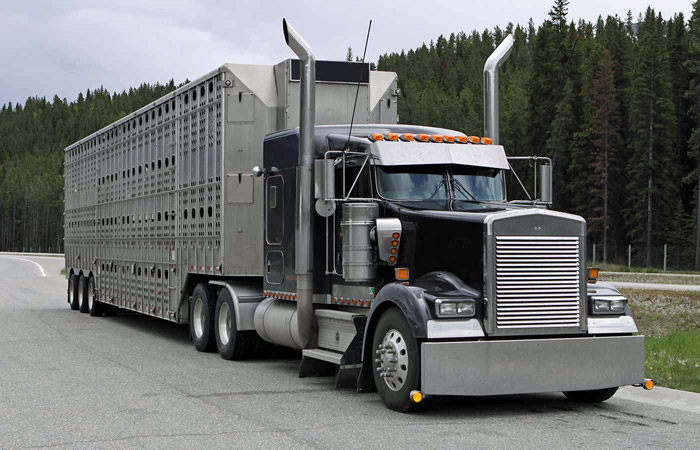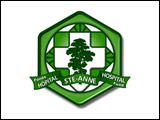Research conducted by North Carolina State University shows effective cleaning and disinfection of swine transport vehicles disrupts the movement of disease.
North Carolina State University with funding from the Swine Health Information Center conducted a study which looked at the risk of disease spread associated with swine transport vehicle movement.
SHIC Associate Director Dr. Lisa Becton says, to better understand the movement networks within different systems, disease transmission risks and the interventions that can be used to reduce those risks, scientists analyzed GPS data collected from 823 vehicles over one year in two different regions of the United States.
It focused on the GPS data from vehicles transporting pigs, feed and people. It gathered a lot of information such as premises ID, the GPS locations, it utilized pork supply plans to understand boundaries of the farm. What it found was cleaning and disinfection and the time that it takes to do that process can disrupt what they call the networks of connection between farms.
Essentially cleaning and disinfection can reduce the amount of trips that vehicles take to separate farms and thus disrupt the potential chance of transmission or spread. Interestingly though, even if a farm assumes they’re doing 100 percent of cleaning and disinfection effectively, you still have up to 88 percent of farms over that year’s time being connected by vehicle movement.
So, you have to take a lot of these things as a whole and understand that cleaning and disinfection is still one of the biggest tools that we have for disease transmission of movements that occur on our farms on a day-to-day basis. Reducing that contact will also reduce the transmission of diseases.
~ Dr. Lisa Becton, Swine Health Information Center
Dr. Becton notes details on this study and others can be accessed through SHIC’s website at swinehealth.org.




